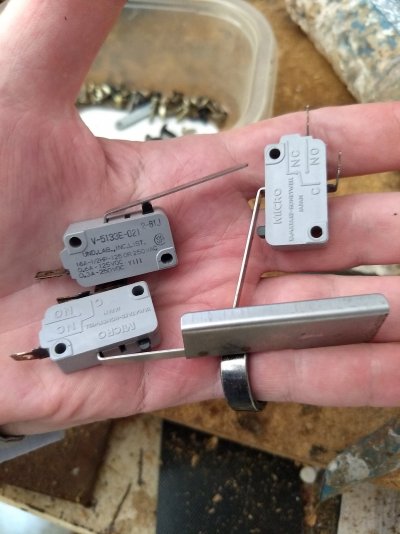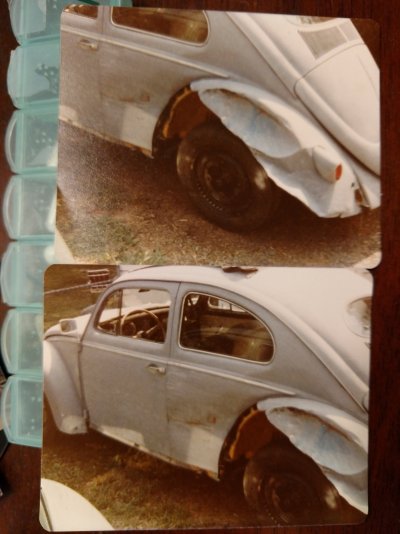But now, it's blacking out very often. More often than any compressors in my entire house would be kicking in. So I tested the voltage and with several devices it's reading 121.6 to 121.8. Another thing is that I'm really far from the transformer; the diameter of the wire to my house (seen in the breaker box) is huge.
So what I'm wondering is if it's worth calling Duke Energy, or if that would be a waste of time. In theory, transformers can have multiple "taps", but if 121.6 is to spec, then I haven't got a leg to stand on. But there may be another test (other than voltage) that would better measure the problem I'm having. It seems the voltage gets pulled down briefly? I don't have (and never learned how to use) an oscilloscope.
It could be the TV itself.
But yes, there is a simple instrument that your power company can use. It's so easy, even a caveman could use it! I had a problem that was getting worse... when heavy loads like A/C compressors or pool pump kicked on, lights were beginning to blip down just instantaneously deeper and deeper over time. The computer UPS would sometimes kick in momentarily.
I emailed an acquaintance at our electrical utility about it, they sent out a contractor that they use. I have overhead drop, and share a pole transformer with one neighbor. My drop wire from transformer secondary to mast head is 50' max. First, he pulled the meter out of the meter box, and noted how much effort it took to do so, and the condition of the meter and box prongs and receptacle. In our high-heat environment, meter box's receptacle that the prongs of the meter plug into can lose their springyness in time, causing a higher-resistance connection. Ours was fine.
Next, he took what I as an Engineer would call a fan-forced air-cooled dummy load with built-in simple digital voltmeter (bright LED display for day/night use), and clipped it across L1 to Neutral in the meter box. Then noted the voltage, then turned the dummy load ON. It is a very heavy load, and only uses it for a few seconds. While its ON, he notes the voltage with load. I did not find out what minimum voltage under load he was looking for. Then he moved it to across L2 to Neutral. One of them was lower than he expected, but not real bad.
He said that if he would have had a ladder with him, he could have checked the crimp splices from drop wire to mast wiring. So I pulled out a ladder of mine, so he could get on the roof, and I helped him get tools up there and down. He re-spliced all three connections, and in preparing to do so, the plastic insulation on one of the original splices, either L1 or L2, flaked off. It was cooked by heat. Not blistered, just the plasticizer baked out of it. The other two splices did not have that. The splices connect the aluminum drop's L1 and L2 to the copper mast to meter wiring, and the drop's neutral steel wire to copper.
The old splices were butt splices, wires placed end-to-end, so there was a limited crimping space for the connectors given length. The new splices are bypass-splices, so there is lots of crimping room with the wires side-by-side, a better connection. He said it was not uncommon to have splices age-out. So mission accomplished. No more problems.






